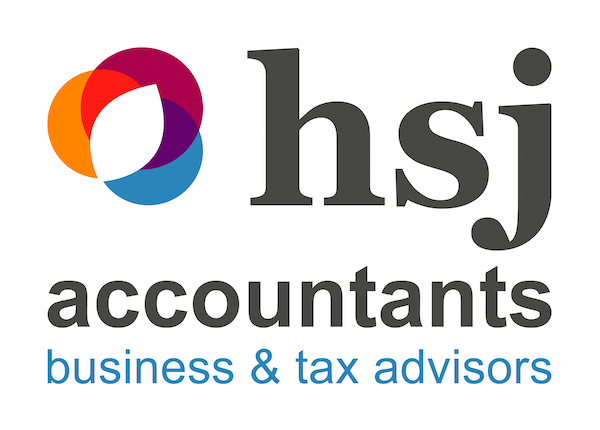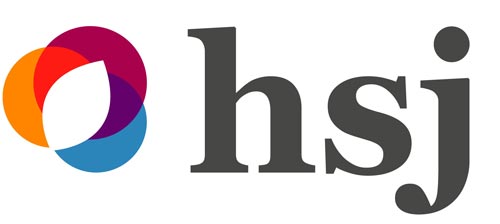Who is likely to be affected?
Businesses entering into connected party transactions and sale and leaseback transactions, where the expenditure is incurred on plant and machinery that has previously been acquired by the business or a connected party without incurring capital expenditure.
General description of the measure
This measure clarifies the effect of the capital allowances anti-avoidance rules where there are transactions between connected parties or sale and leaseback transactions. Where a person acquires an item of plant and machinery without incurring capital expenditure, the expenditure qualifying for capital allowances following certain types of transaction will now be restricted to nil unless the plant or machinery was acquired for revenue expenditure or on its manufacture, at an arm’s length price. The types of transaction affected are connected party transactions, sale and leaseback transactions, transfer and subsequent hire-purchase or transfer and long funding leaseback transactions.
Policy objective
This measure protects the Exchequer from loss of tax that could result where assets on which no capital expenditure has been incurred are sold to connected parties or sold and leased back by the owner. This measure supports fairness by ensuring that capital allowances are available only on the genuine cost of plant or machinery in these cases.
Background to the measure Proposed sale and leaseback transactions in respect of plant and machinery could create substantial capital allowances on assets that previously entitled the owner to no allowances. The government announced on 26 February 2015 its intention to remove the opportunity for avoidance in this area.
Operative date
This measure will take effect:
- for long funding leasebacks where the lease is entered into on or after 26 February 2015
- for connected party transactions where the sale, hire-purchase or assignment occurs on or after 26 February 2015
- for transfer and subsequent hire-purchase where the hire-purchase contract is entered into on or after 26 February 2015
Current law
The current law relating to these transactions is contained in Part 2 of the Capital Allowances Act 2001 in sections 70DA, 218, 229A and 242.
Proposed revisions
Where a person becomes entitled to claim capital allowances on an item of plant and machinery as a result of a connected party transaction, sale and leaseback, transfer and long funding leaseback or transfer and subsequent hire-purchase, the amount of qualifying expenditure is currently restricted, the restriction is based on the circumstances of the seller or, in certain circumstances, to market value.
This measure introduces a new restriction in certain circumstances where the person disposing of the asset does not bring a disposal value into account.
The new restriction applies where the person disposing of the asset or a person with whom they are or have previously been connected acquired the asset without incurring either capital expenditure or “qualifying revenue expenditure”.
‘Qualifying revenue expenditure’ is expenditure of a revenue nature that was incurred at an arm’s length price or, where the person who acquired the asset is a manufacturer, has incurred all the normal costs of manufacturing the asset.
Where the new restriction applies, the person acquiring the asset will be treated, for the purposes of plant and machinery allowances, as having no qualifying expenditure.
This new restriction does not apply in cases where the person disposing of the asset (or a person with whom they are or were connected) is deemed to have incurred expenditure for the purpose of plant and machinery allowances, such as where an asset is gifted.
This new restriction does apply in cases where the person disposing of the asset (or a person with whom they are or were connected) is deemed to have no expenditure.
Sections 70DA, 218, 229A and 242 CAA 2001 will be amended to include this new restriction.
Where the person disposing of the asset does not bring a disposal value into account and the new restriction does not apply, the qualifying expenditure will still be restricted according to the capital expenditure of the seller (and any persons connected to the seller) or to market value.
Draft legislation was published on 26 February 2015 and the new restriction takes effect from that day.
Summary of impacts
|
Exchequer impact (£m)
|
2014-15
nil
|
2015-16
nil
|
2016-17
nil
|
2017-18
nil
|
2018-19
nil
|
2019-20
nil
|
|
This measure is not expected to have an Exchequer impact. |
|||||||
|
This measure supports the Exchequer in its commitment to protect revenue. |
|||||||
|
Economic impact |
This measure is not expected to have any significant economic impacts. |
||||||
|
Impact on individuals, households & families |
There is no impact on individuals because this change effects businesses engaging in complex transactions in respect of business assets The measure is not expected to impact on family formation, stability, or breakdown. |
||||||
|
Equalities impacts |
There are no equalities impacts of this measure. |
||||||
|
Impact on business including civil society organisations |
This measure is expected have no impact on businesses or civil society organisations. It prevents claims where businesses undertake structured transactions in respect of plant and machinery which they acquired without incurring capital expenditure or revenue expenditure in a commercial transaction. These claims are not currently made and so ensuring that such claims cannot be made in future does not impact on businesses. |
||||||
|
Operational impact (£m) (HMRC or other) |
It is not anticipated that implementing this change will incur any additional costs / savings for HM Revenue and Customs (HMRC). |
||||||
|
Other impacts |
Other impacts have been considered and none have been identified. |
||||||
Monitoring and evaluation
This policy will be kept under review through communication with taxpayer groups affected by the measure.
Further advice
If you have any questions about this change, or to discuss other tax matters please contact HSJ’s Tax Manager who will be more than happy to assist you.
Natalie can be contacted on:
T – 0845 365 1000
Alternatively, you can contact HMRC’s Capital Allowances policy team caguidance.ct&vat@hmrc.gsi.gov.uk
The information and content of this page was published by HMRC on 26.02.15


